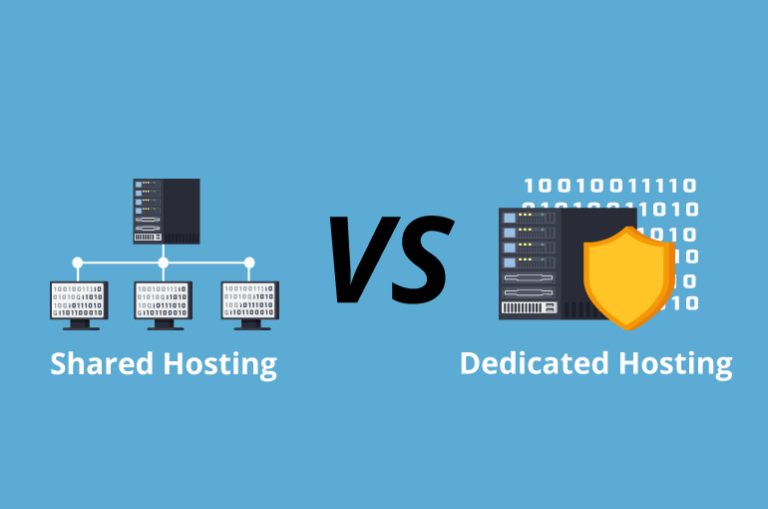Boost Website Performance: Faster Loading Strategies
Optimizing Website Performance: Strategies for Faster Loading Times
In today’s fast-paced digital world, a high-performing website is critical to your success. Users expect her website to load quickly, and search engines prioritize websites that load quickly in rankings. Therefore, optimizing website performance is a top priority for website owners and developers. This article discusses strategies for reducing website load times and ensuring a smooth user experience.
First of all
Website performance optimization is the process of improving the speed, responsiveness, and overall efficiency of your website. A slow-loading website not only frustrates users but also reduces conversion rates and negatively impacts search engine optimization (SEO) efforts. By employing effective optimization techniques, website owners can ensure that their websites load quickly, attract users, and rank high on search engine result pages (SERPs). increase.
Understanding website performance
Before delving into optimization strategies, it’s important to understand the factors that affect website performance. Several factors affect how fast a website loads, including server response time, network latency, file size, and number of HTTP requests. Metrics such as page load time, time to first byte (TTFB), and speed index are commonly used to accurately measure website performance.
Optimize website images
Images contribute significantly to the file size of your website, and large images can significantly slow page load times. Image optimization means reducing file size without sacrificing visual quality. Techniques such as image compression, resizing, and lazy loading can help improve website performance by reducing the bandwidth required to load images.
Minimize CSS and JavaScript
CSS and JavaScript files often contain unnecessary spaces, comments, and redundant code that increase file size. To make these files smaller, you need to remove unnecessary characters, reduce their size, and speed up loading times. Various tools and techniques are available to automatically minify CSS and JavaScript files.
Cache and Content Delivery Network (CDN)
Caching temporarily stores frequently accessed website data so that subsequent requests can be processed more quickly. A content delivery network (CDN) distributes a website’s content across multiple servers around the world, reducing the distance between a user and her website’s servers. Implementing caching and using a CDN can significantly improve website performance by reducing server load and minimizing data transfer time.
Optimize your website code
Efficient and clean code is essential for a website to load quickly. Removing unused code, reducing the number of HTTP requests, and optimizing database queries are some ways to improve website performance. Code optimization not only reduces load times but also makes website maintenance and development easier.
Implement browser caching
Browser caching allows websites to store certain resources, such as images, CSS files, and JavaScript files, on the user’s device. By specifying caching headers and expiration dates, website owners can allow browsers to cache resources locally, reducing the need for repeated requests. Implementing browser caching can significantly improve website performance and reduce server load.
Content Optimization
You can improve the display speed of your website by optimizing your HTML markup and reducing the size of your web pages. Minimizing redundant HTML tags, compressing HTML files, and optimizing database queries can speed up web page loading by reducing server response time.
Mobile Optimization
As mobile usage increases, optimizing your website for mobile platforms is essential. Responsive design techniques improve user experience and performance by allowing websites to adapt to different screen sizes. Mobile optimizations such as using smaller images and touchscreen elements can further improve website loading times on mobile devices.
Servers and Hosting
Choosing the right hosting provider and optimizing your server settings are critical to website performance. GZIP compression, HTTP/2 protocol, and server-level caching can significantly reduce download times. To ensure optimal website performance, it’s important to evaluate your hosting provider for server response time and uptime guarantees.
eleven.
Website performance monitoring and testing
Website performance is an ongoing process, not a one-time issue. Ongoing monitoring and testing help identify performance bottlenecks and ensure the effectiveness of optimization efforts. Tools like Google PageSpeed Insights, GTmetrix, and Pingdom provide information on various performance metrics and suggest improvements.
User Experience and Performance
Website performance and user experience go hand in hand. Slow website loading leads to higher bounce rates, lower engagement, and lower conversion rates. By focusing on optimizing performance, website owners can provide a seamless user experience to increase user satisfaction, increase visit time, and improve business outcomes.
SEO and website performance
Search engines consider website performance as a ranking factor. Websites that load slowly can penalize search engine rankings, reducing visibility and organic traffic. By implementing performance optimization strategies, website owners can improve their SEO efforts and increase their chances of ranking higher in SERPs.
Conclusion
Optimizing website performance is essential for delivering a fast and seamless user experience. By employing strategies such as image optimization, minifying CSS and JavaScript, leveraging caching and CDNs, and optimizing website code, businesses can create websites that load quickly and engage users effectively. Monitoring and testing website performance regularly and considering user experience and SEO implications are key to sustaining high-performance websites.




